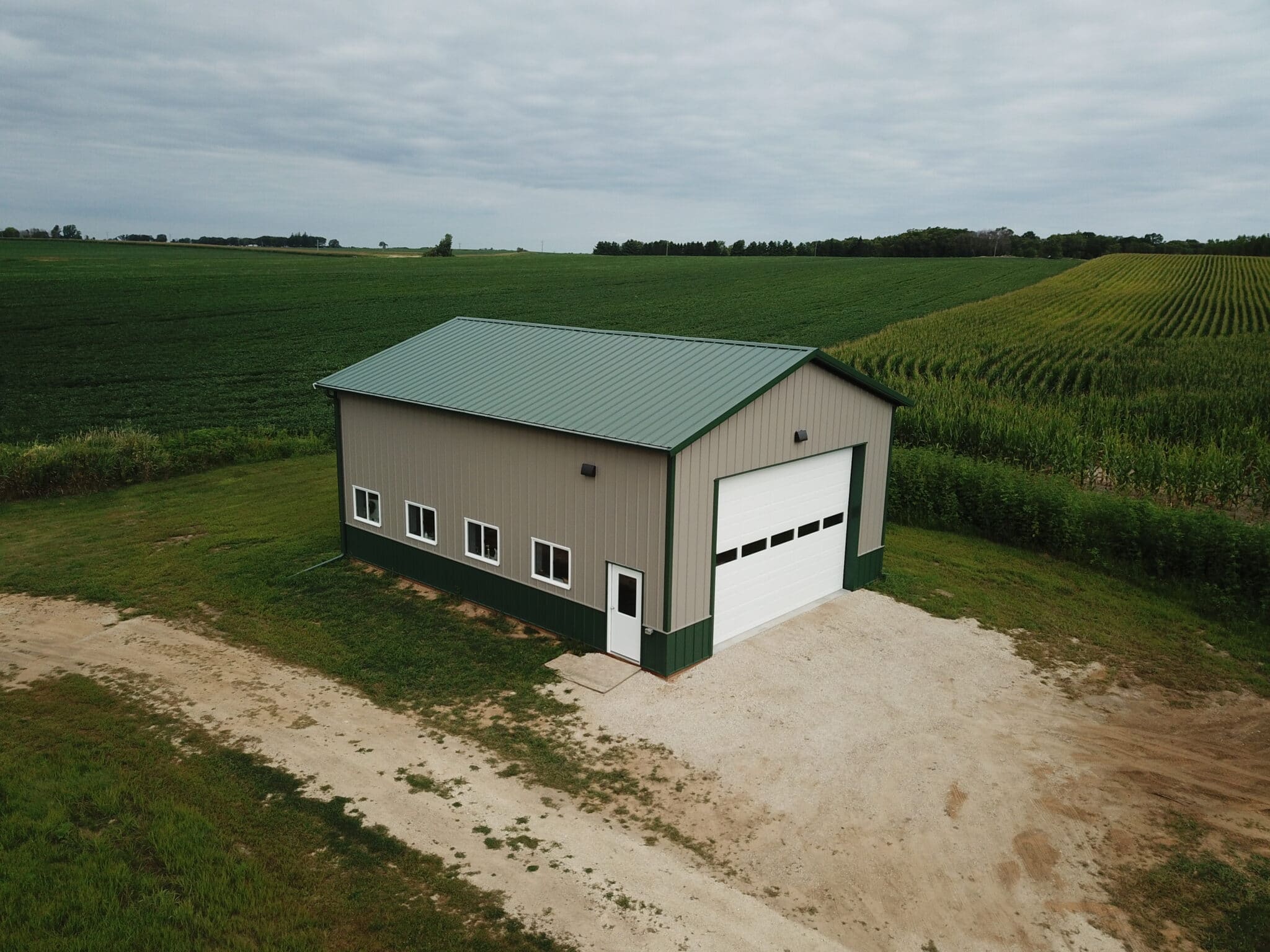Agriculture is one of the most important industries in the world, and it relies heavily on efficient and cost-effective infrastructure. As such, it is no surprise that steel buildings have become a popular choice for farmers and ranchers looking to build or expand their operations. The benefits of using steel for agricultural structures are numerous and varied, making it an attractive option for those in the industry and a durable and versatile solution to.
Durability and Strength
One of the primary advantages of steel buildings for agricultural use is their durability and strength. Steel is one of the strongest building materials available, and it can withstand even the harshest weather conditions, including strong winds, heavy snow, and seismic activity. Additionally, steel buildings are resistant to fire, mold, and pests, making them a low-maintenance and long-lasting solution. With proper maintenance, a steel building can last for decades, providing farmers with a reliable and durable structure that can withstand the rigors of agricultural use.
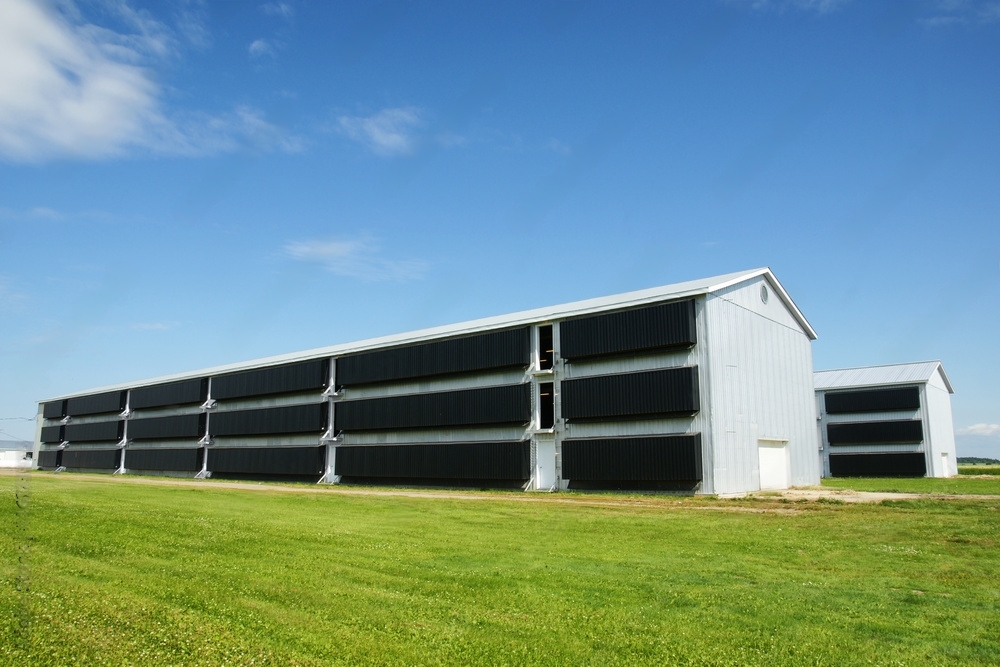
Versatility and Customization
Steel buildings are also incredibly versatile and customizable, making them an ideal choice for farmers and ranchers who have specific needs for their structures. Whether you need a barn, storage facility, or processing plant, steel buildings can be designed to meet your exact specifications. Furthermore, steel buildings can be customized to accommodate a variety of agricultural equipment, including tractors, combines, and harvesters, as well as livestock such as cattle, horses, and poultry.
The flexibility in design that steel buildings provide means that they can be seamlessly integrated into existing structures or used to create a new, modern agricultural facility. The range of design options for steel buildings includes various roof styles, wall panels, and color choices to match the preferences and needs of individual farmers.
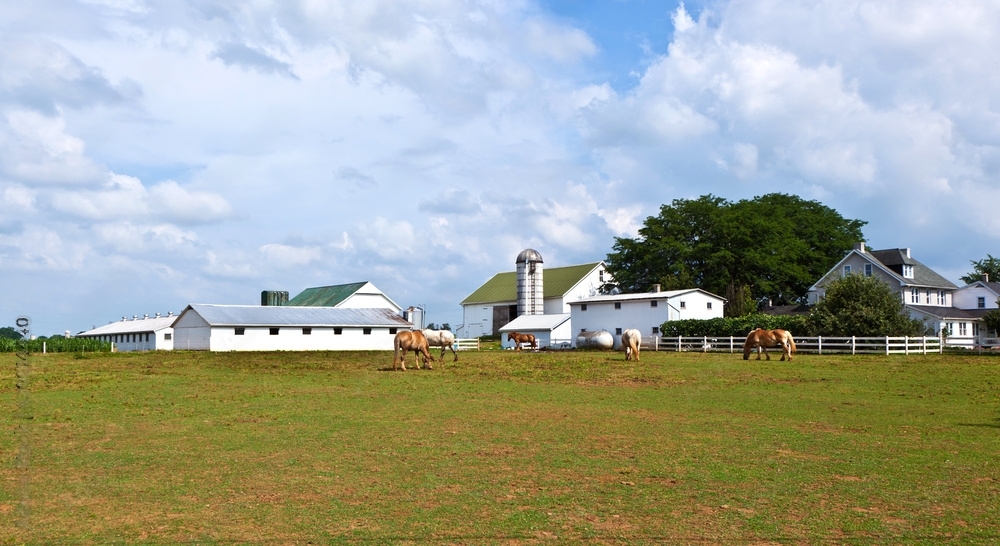
Cost-Effective Solution
Steel buildings are often a more cost-effective solution than traditional construction methods. They require less material and labor to build, which can result in significant cost savings for farmers. In addition, steel buildings require less maintenance than other building materials, which can further reduce long-term costs. By choosing a steel building, farmers can save money and use those funds to invest in other areas of their agricultural operations.
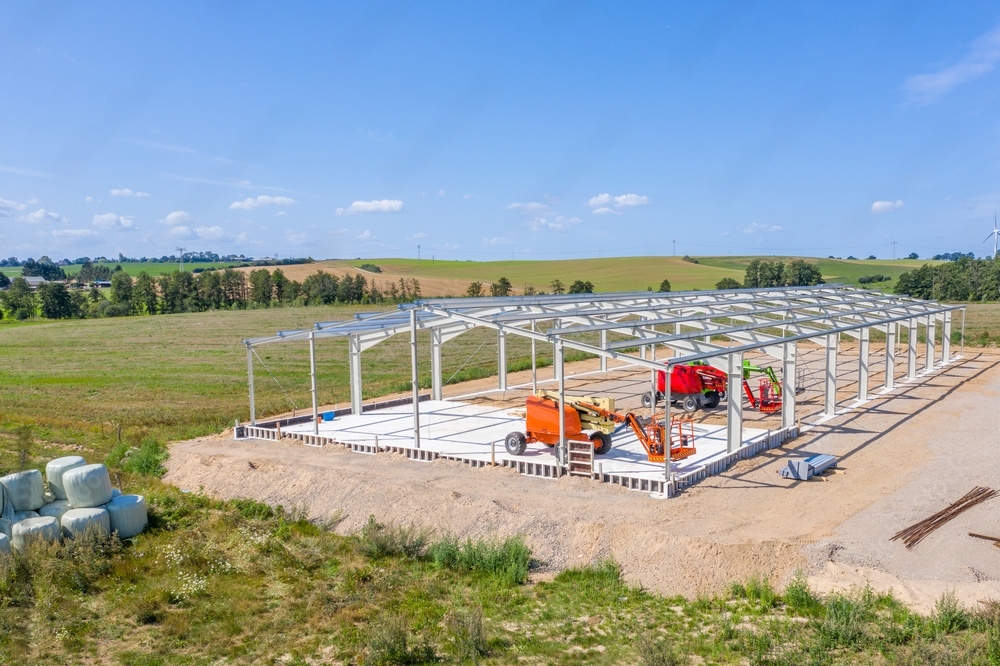
Energy Efficiency
Energy efficiency is another significant benefit of steel buildings for agricultural use. They can be insulated to reduce energy costs and provide a more comfortable working environment. Additionally, steel buildings can be designed with natural lighting and ventilation, which can further reduce energy costs and promote a healthier environment for both animals and workers.
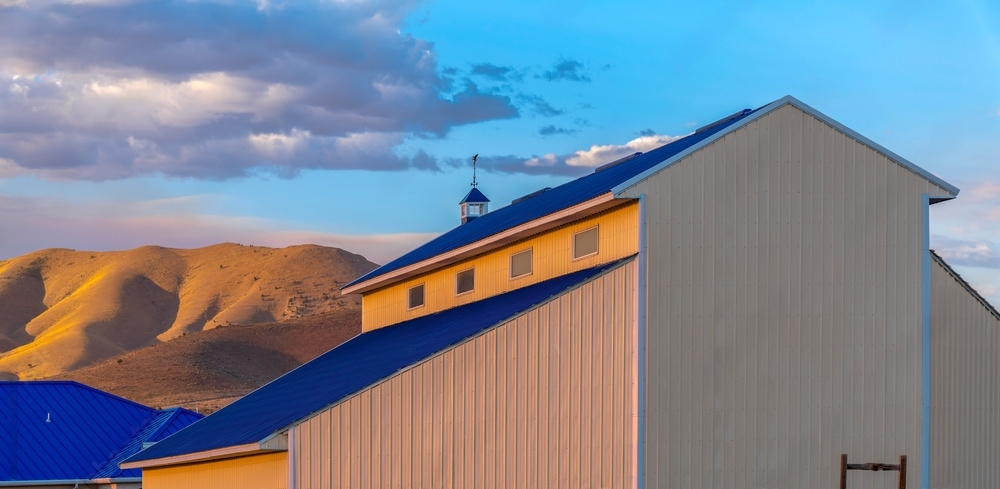
Environmental Sustainability
Steel is a highly sustainable building material, and steel buildings can be designed to meet environmental standards such as LEED certification. Furthermore, steel is 100% recyclable and can be reused multiple times without losing its strength or durability. Steel buildings can be fitted with solar panels and other renewable energy sources to further reduce their environmental impact.
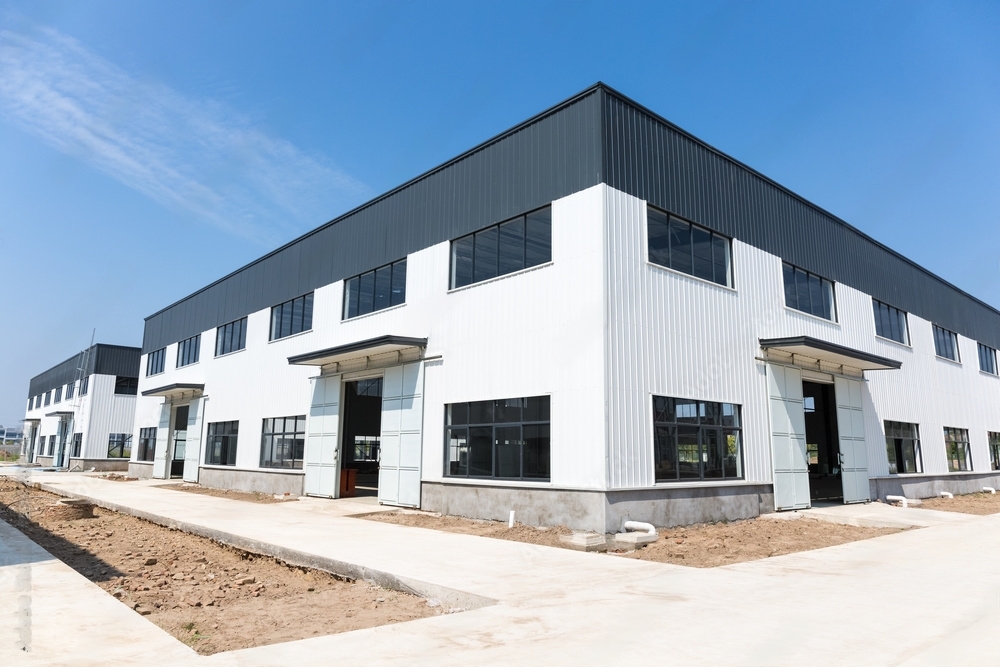
Conclusion
Steel buildings are an increasingly popular choice for farmers and ranchers looking to build or expand their agricultural operations. They offer a durable and long-lasting solution that can withstand harsh weather conditions and other challenges faced by the agriculture industry. Steel buildings are also a cost-effective and customizable choice, providing farmers with the flexibility to design a structure that meets their specific needs. With their energy efficiency and environmental sustainability, steel buildings are a smart and responsible choice for the future of agriculture.

